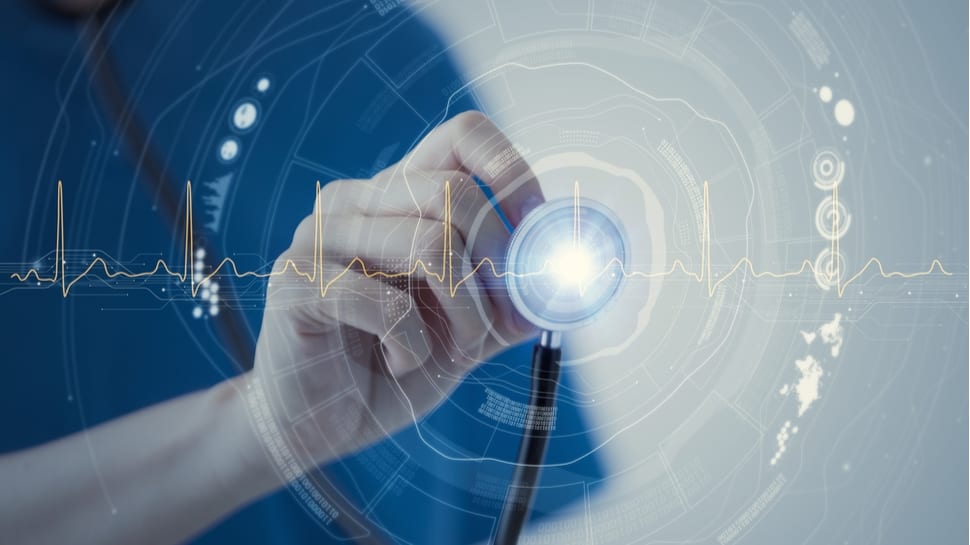A huge leap could be made with bioprinting – the 3D printing of tissue and organs – thanks to an innovative idea which proposes to use ‘aqueous architectures’, or in other words, printing in a specially made fluid.
.
As Science magazine reports, human tissue and organs are very tricky to make using traditional 3D printing methods without putting support scaffolding in place – and that scaffolding can later be very difficult (or indeed impossible) to remove. So the idea as advanced by Chinese researchers is to move away from a solid support structure, and instead use liquid.
.
Specifically, this would be a fluid matrix into which the liquid design for an organ could be injected, and the surrounding fluid then drained away after the organ has set. Stability is key This kind of approach has previously been attempted, except the fluid matrix hasn’t proven stable enough, and the whole […]
Case Study: How PepsiCo achieved 96% cost savings on tooling with 3D Printing Technology
Above: PepsiCo food, snack, and beverage product line-up/Source: PepsiCo PepsiCo turned to tooling with 3D printing...





0 Comments